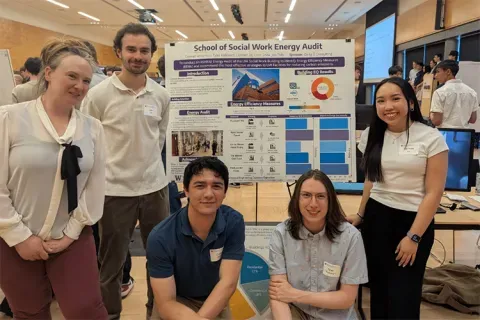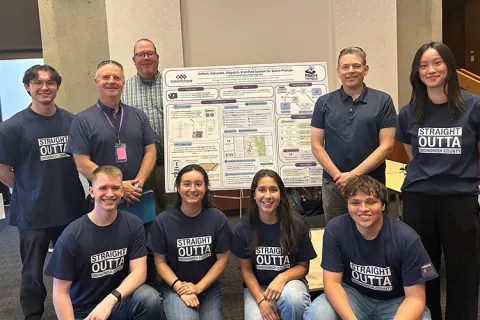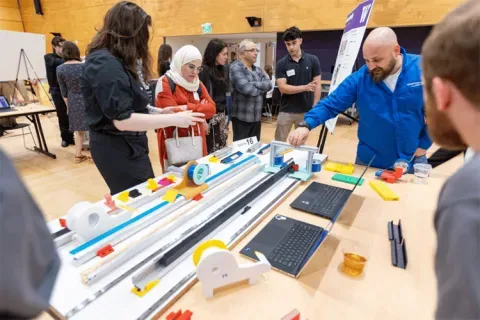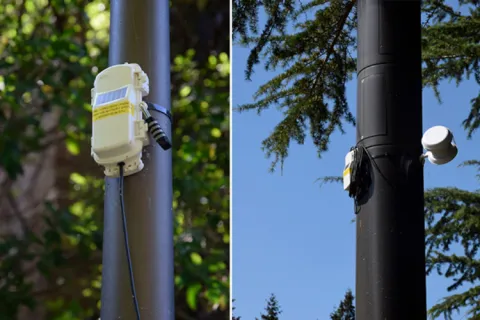Delta E Consulting
UW Building Decarbonization Retrofit
The Social Work / Speech and Hearing Sciences Building on the UW Seattle campus was built in 1980. It is listed in just “adequate” condition. The building is served by the central campus steam system and is partially cooled by on site chillers in lieu of central campus chilled water. HVAC systems were retrofitted to full DDC controls in 2017. The Energy Use Intensity (EUI) of 102.3 kBTU/ft² is high relative to similar building types. The age and EUI indicate there should be upgrade opportunities to reduce the building’s energy use intensity and the associated carbon emissions. -This student team will focus on the UW Social Work building (though two other buildings are under consideration) and will work to perform eQuest or IES software energy modeling as well as energy auditing using ASHRAE’s Building EQ protocol. The analysis will lead to a list of proposed energy efficiency upgrades. -This student team will work to spend a significant portion of the time auditing and modelling to study the details of the building’s current performance. Ideally, the student team's analysis will lead to a list of possible mechanical and other improvements (concept generation). After downselecting to the most promising measures, this student team will work to put together design details. The student team will analyze the measures before finalizing their recommendation. -UW facilities will provide view-only access to the build data; be available for questions throughout and a tour of the building at the start, and can be invited to periodic design reviews. -There will be an option for the team to enter the project results into the ASHRAE 2025 Building Energy Quotient Competition. This student team will work to deliver a summary of the energy audit/analysis of the building as is with a benchmark against similar buildings, and a series of recommendations for improvements (this is the 'design' portion), each with some analysis that would estimate the expected benefit and costs. A 2-tier proposal would probably make sense: a list of low-hanging fruit that could save an appreciable amount of energy and cost very little to implement, and a set of recommendations for more significant benefits that would also require more significant costs.
Faculty Adviser(s)
Scott Rushing, Mechanical Engineering
Related News

Mon, 10/13/2025 | UW Mechanical Engineering
Capstone collaboration leads to award
An ME capstone team received first place for its energy audit of the UW School of Social Work building.

Thu, 07/17/2025
UW engineering students develop smart ballot solution
UW engineering students develop smart technology solution to improve ballot collection for Snohomish County.

Mon, 07/07/2025 | UW Mechanical Engineering
Capstone creations
Students displayed innovative capstone design projects at the 2025 expo.

Fri, 09/20/2024 | UW Civil & Environmental Engineering
Smarter irrigation for a greener UW
A new project combines satellite data with ground sensors to conserve water and create a more sustainable campus environment.